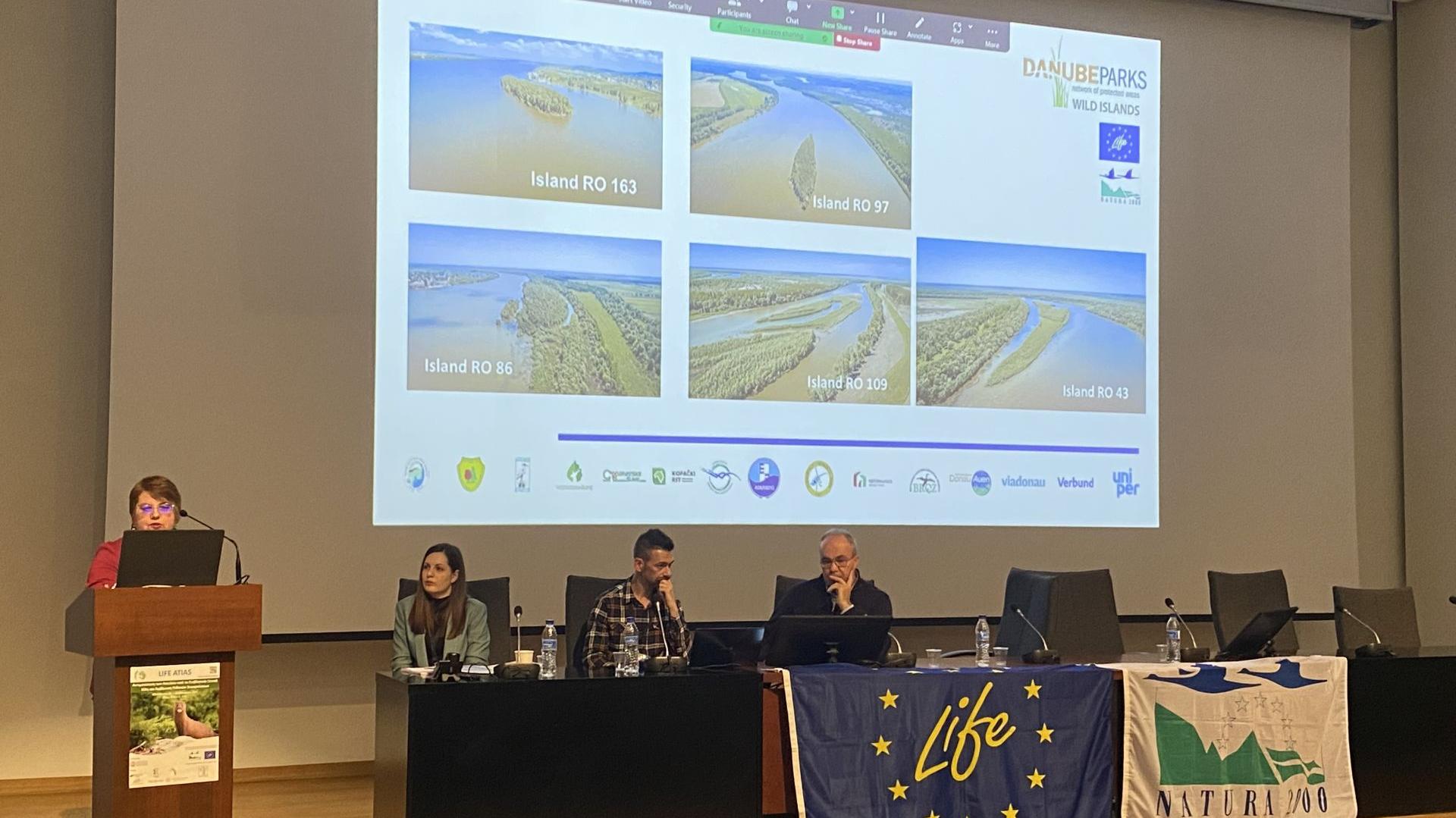In the period 14-16 February 2024, Aristotle University of Thessaloniki, Greece, organized the International Scientific Conference on "Addressing the threats of Invasive Alien Species (IAS) and Mitigation of Potential Conflicts" within the project LIFE ATIAS “Protecting Biodiversity and Ecosystem”, related to the study and eradication of the American mink (Neogale vison) from protected areas of the Natura 2000 network in northwestern Greece.
Danube Delta Biosphere Reserve Authority representatives, as partners in the LIFE WILDisland project, participated at this LIFE Networking event and presented “Pilot Measures to control the Invasive Alien Species in the Danube Delta LIFE WILDislands Project".
Participants from several Balkan countries presented their experience regarding the invasive alien species that are a serious threat to biodiversity and management of IAS and mitigation of conflicts are challenges which should be tackled by international cooperation.
Did you know? Although particularly focused on combating invasive species in threatened riparian habitats, the LIFE Atlas project is very interesting for the DDBRA, as the critically endangered European mink Mustela lutreola is the rarest terrestrial carnivore in Europe. Once widely distributed throughout Europe and Russia, the species now persists only in isolated fragments of its former range: in northern Spain, France, the Danube delta in Romania and the Ukraine, and parts of Russia (where it is reported to be scarce).
Through the twentieth century, European mink suffered over-hunting, and like many species – habitat loss, degradation and pollution. The arrival of the invasive American mink Neovison vison was the last straw. Brought to Europe for fur farming in the 1930s, American mink escaped, and feral populations now exist in most European countries (and across most of Russia, where they were released directly into the wild in the 1970s to provide quarry for hunters). American mink control is crucial; but refuges where wild populations can be established safe from invasion by American mink are also necessary.
We are really grateful that the LIFE platform provides excellent opportunities for such networking and experience exchange in order to maximize the conservation impact and jointly preserve the natural heritage of Europe.
For more information:
Gabirela Morozov - gmorozov@ddbra.ro






